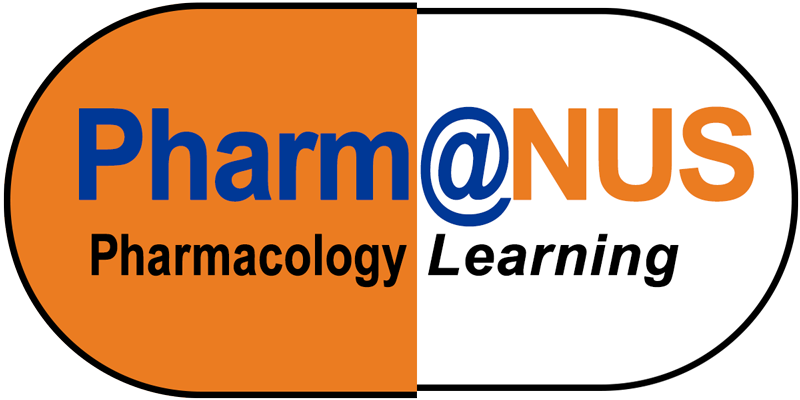Coxibs are pro-thrombotic, but if given at a high dose, there would be COX-1 inhibition resulting in an antiplatelet effect and hence bleeding would occur. Therefore, would the two effects not cancel each other out, or would the prothrombic effect still be the predominant effect?
The pro-thrombotic effect still dominates since, for coxibs, the COX-2 inhibition is always more than the COX-1 inhibition.
Coxibs are selective inhibitors of COX-2. Selective inhibition of COX-2 results in shunting of the precursor arachidonic acid over to the COX-1 pathway. With COX-2 inhibited and COX-1 functional, there is a relative increase in the ratio of the thromboxane A2 (TXA2) produced via COX-1 to prostaglandin I2 (PGI2) or prostacyclin produced via COX-2, and also in some cell types via COX-1. As TXA2 promotes platelet aggregation, while PGI2 inhibits platelet aggregation, the increased ratio of TXA2 over PGI2 favours platelet aggregation, so there is an increased risk of thrombosis.
Although coxibs are selective for COX-2, the selectivity is dose-dependent. Therefore, at higher doses, there will be more inhibition of COX-1. However, in the case of the balance between the risk of thrombosis versus the risk of bleeding, there is little impact because, as the dose increases, there will still be more inhibition of COX-2 than COX-1. So the ratio of TXA2 to PGI2 remains in favour of thrombosis.
Importantly, the dose-dependence of the selectivity for COX-2 is significant with regards to the gastrointestinal adverse effects. A major advantage of the coxibs is that they have a lower risk of upper gastrointestinal tract (GIT) adverse effects as they do not inhibit COX-1 in the stomach. However, if the dose is increased, there is greater inhibition of COX-1 and, therefore, less sparing from upper GIT adverse effects.
